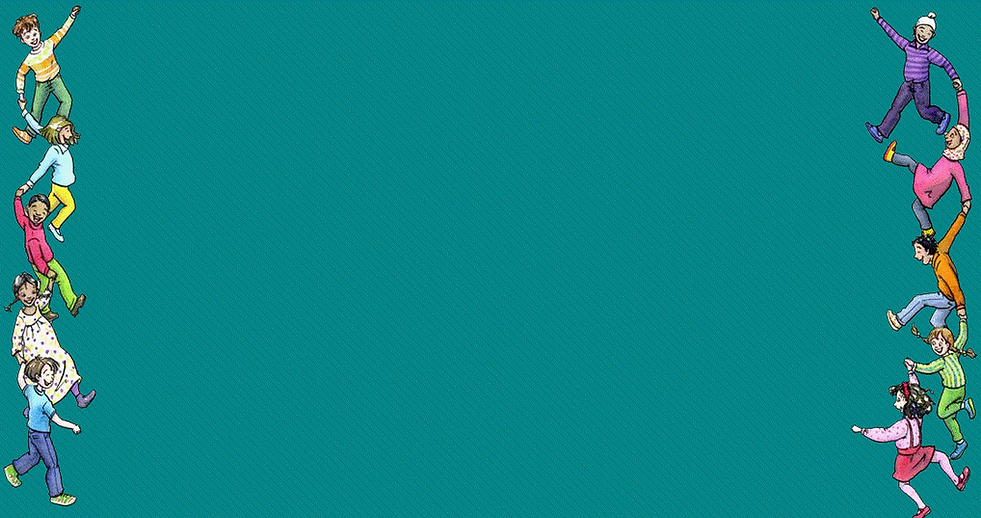







School Library Journal

On August 6, 1972, President Idi Amin of Uganda had a dream: In it God told him to “expel all foreign Indians” from Uganda. Heeding this “message,” Amin gave Indians 90 days to leave the country. In her first novel, Child of Dandelions (Front Street, 2008), Shenaaz Nanji opens with Amin’s edict and traces these three life-altering months through the eyes of 15-year-old Sabine, whose family has lived in Kampala, Uganda for generations. Her Bapa (grandfather) came from India to help build the Kenya-Uganda railroad and now runs a farm; her Ugandan-born father is a successful businessman. Sabine’s best friend, Zena, is an ethnic Ugandan who works on Bapa’s farm. Though Zena defends Sabine in the beginning of the novel, the rising tension between the ethnic Ugandans, and Ugandans of Indian descent reverberates through the girls’ friendship.
Like her heroine Sabine, the author had an uncle who disappeared, and a grandfather who refused to flee during the 90-day mandated exodus. Here the author, who now lives in Alberta, Canada, talks about why she decided to write about the plight of the Indians in Africa.
This is such a complex subject for young people, yet you do such a clear, concise job of making the issues understandable for your audience. How did you find a way to address the topic for readers, many of whom are unaware of Uganda’s geography, let alone its history?
When my children were growing up in North America, I talked to them about my life in Africa and why we left. I realized that there was no book for them in the library, nothing about the expulsion of Indians from Africa. I think it’s an important story; I wanted to know why it happened. How could [Amin] expel an entire community?
There was a [class structure] in place in Uganda. The scene with the beggar woman in the novel was a true-life incident. Every Saturday she’d be waiting at the market. Everybody had to give according to their class; and everyone knew her. If there were any white people, she’d make sure they gave a five-dollar currency note. The whites were first class; then came the Indians, the middle class wahindi; the third class wananchi were “the rest.” When the British left, the Indians moved into [their] place. Of course the Africans felt left out.
Which came first: the wish to explore and describe this historic era or the desire to tell a story of friendship?
The characters are fictional, but every event in the plot is based on history. When I examined myself and my community, [I realized] Asians had not really integrated into African society. I was born in the community hospital, an Agakhan hospital, and I went to Agakhan school. Only after finishing high school, when I attended the government school, did I have African friends. [Through] the friendship between Sabine and Zena, I wanted to show the African point of view.
One of the novel’s great moments is when Sabine realizes that Zena must have been working behind the scenes to help her family.
I don’t think that Zena could betray Sabine. However, Zena also had to be loyal to her uncle [a high-ranking military officer] and family, just like Sabine had to be [loyal to hers].
What I want youngsters to take away from this book is that it is important to live well. Sabine can take her memories with her. She cannot afford to be a victim. For refugee families, I wanted to show hope and courage. Stories must offer hope.
What do you think would have to happen for Uganda to be whole again?
It will be whole again. To go forward, we must understand our past. How much of it was true that Indians were a closed group? That there was corruption?
The current president [of Uganda] did compensate Indians who lost their homes and farms and invited them back. But Ugandans [of Indian descent]—don’t want to return. An entire different Indian population has settled in Uganda. Now there is democracy and less corruption. We are looking at a very different Uganda, one filled with much hope.
TeachingBooks.net




